I’ve received requests to take a look at the distortion of the Fujifilm 20-35/4 GF on the GFX 100S. This being a thoroughly modern lens on an equally-modern camera, there are two kinds of distortion to consider. The first is the distortion the lens produces on the sensor, and the second is what you see after the distortion has been corrected automagically in your raw developer.
“Wait a minute!” I hear you saying, “If the distortion is corrected without my doing anything, how can we look at what it was before it was corrected?”
Good question.
The camera does not actually correct the distortion. It merely puts instructions in the metadata that tell the raw developer to correct the distortion. Some raw developers, like Lightroom (Lr) and Adobe Camera Raw, look at the metadata and silently perform the corrections. Then you never see what the lens is actually doing. But some raw developers either ignore the correction instructions entirely or allow the user to defeat them. I used RawDigger to evade the corrections — which Lightroom may or may not be performing for a lens this new.
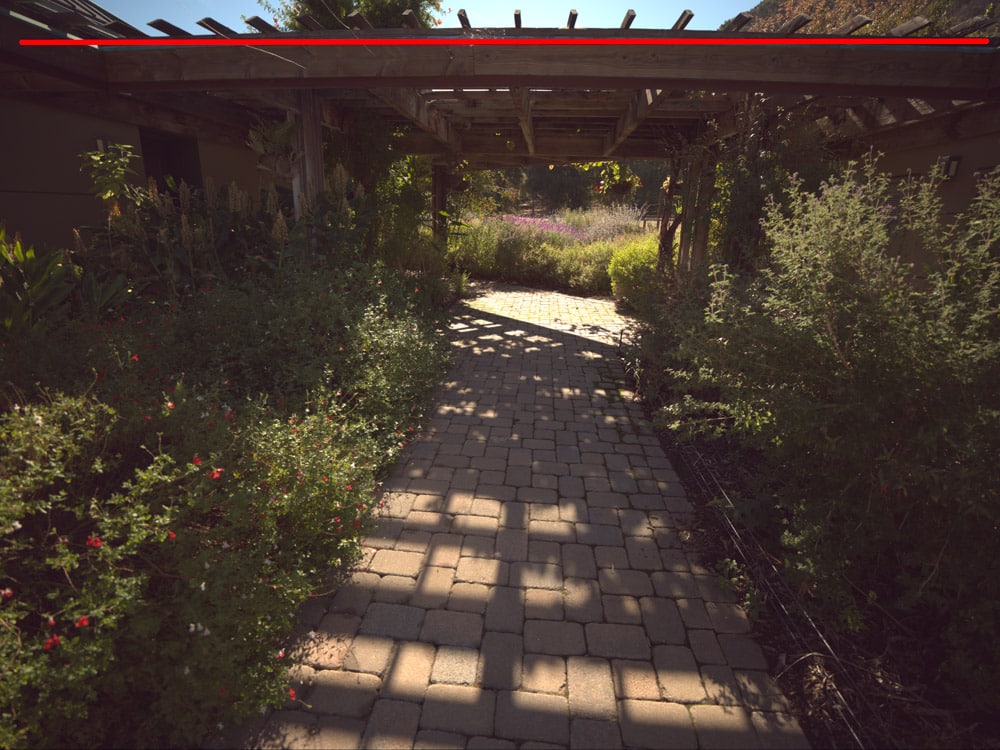
There is some barrel distortion at 20 mm.
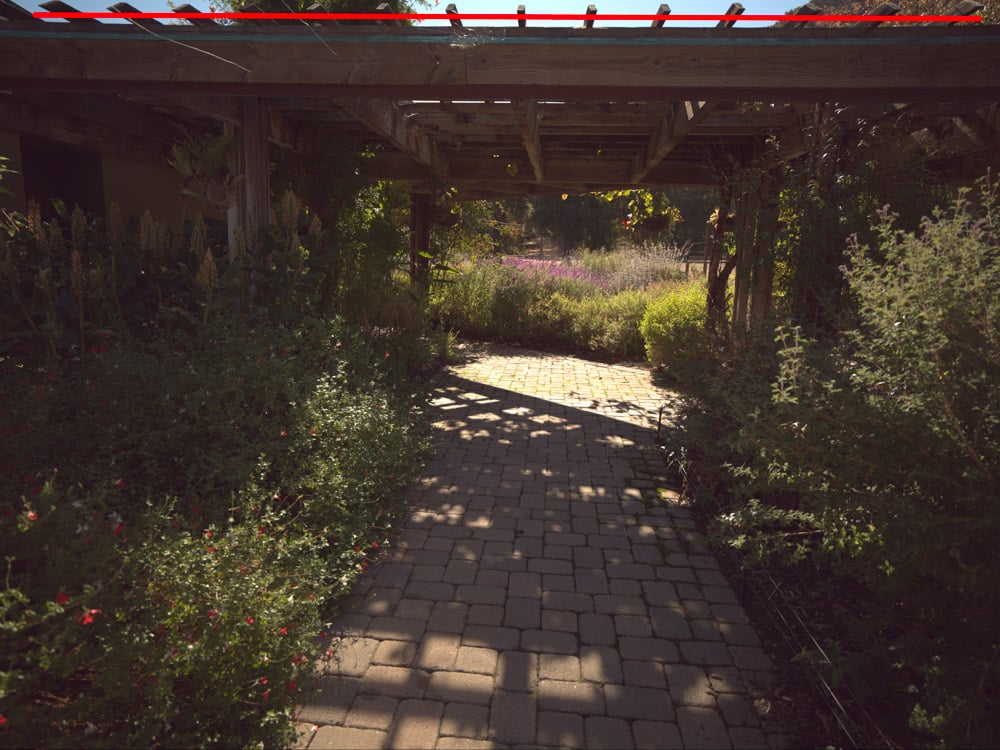
There’s a little pincushion distortion at 28mm.
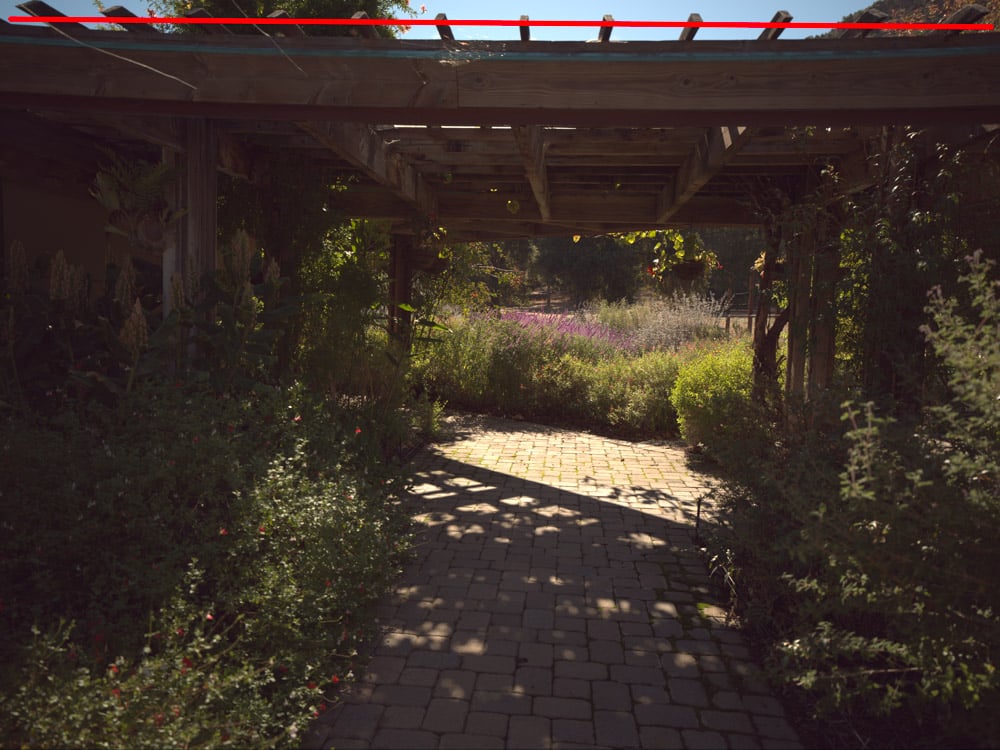
There’s a lot of pincushion distortion at 35mm.
Now we’ll look at how well Lr corrects the distortion with the default settings.
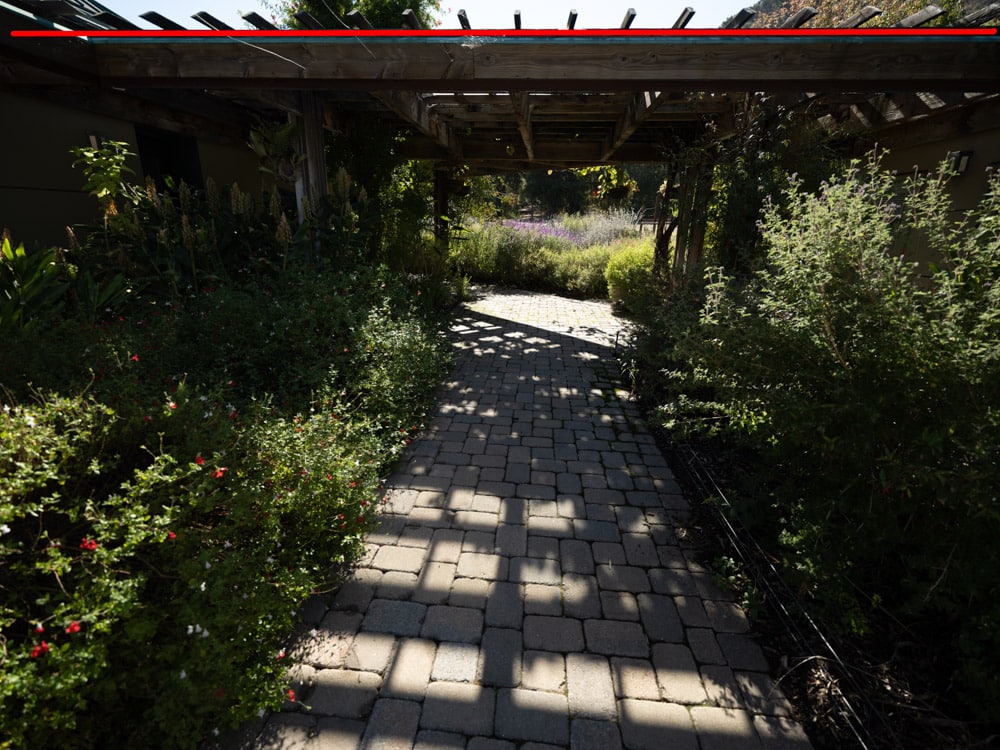
Darned near perfect.
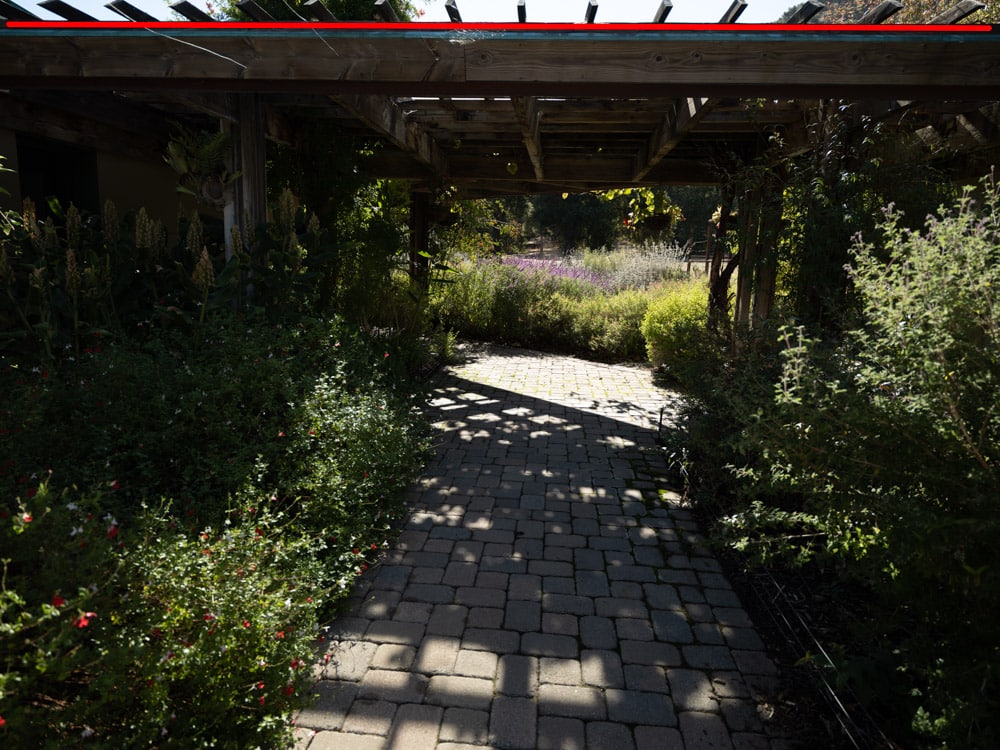
Excellent.
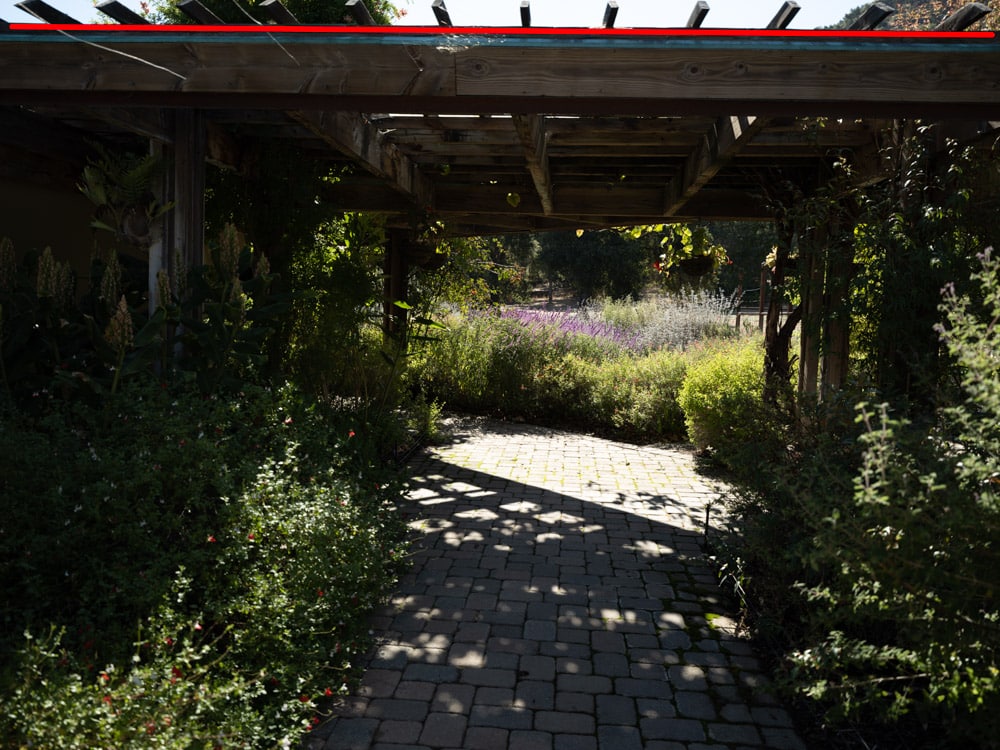
Hard to beat that.
From what I’ve seen so far this is a 20-30mm zoom which is great!
Seems to be a great lens. But unfortunately CaptureOne is still not supporting that lens and LR seems to overtake C1 in terms of corrections like auto vignetting removal etc…
Whats going on at CaptureOne?
Still not supported
In C1 you can select ‘manufacturer Profile’, right? This should fully and completely do the trick. In my opinion Fuji’s profile is preferable to C1’s created profile. In sevaral cases I see that C1 crops heavier, unnecessary, w.r.t. Fuji’s profile. And I’m sure Fuji perfectly knows how to create a profile for their own designed lenses.